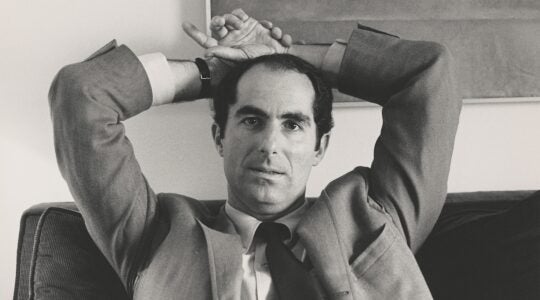In my work coaching organizations toward increased inclusion for people of all abilities, I spend a lot of time exploring organizational change. One of the things synagogue professionals and lay leaders ask most often is some version of this: “How do we change the culture of our community to one where individual members recognize and value inclusion?”
Organizational culture change is a complex process that demands a clear vision and a focused leadership team committed to create, anchor, and support change over time within the institutional culture. In other words, it is anything but a “quick fix.”
The Eight Steps of Organizational Change, as outlined by Professor John Kotter of the Harvard Business School, can serve as a framework for organizational change around disability inclusion in the Jewish community. Here are his eight steps, along with my own commentary:
- Establish a sense of urgency – Without a shared sense of urgency, the process typically goes nowhere. I’m coming back to this in a few moments.
- Create the guiding coalition – None of us, NONE OF US, can do the work of inclusion alone. We need partners, and to do this right an organization must assemble a team from the very beginning. Assembling the right team matters, too.
- Develop a vision and strategy – An organization’s vision provides aspiration, motivates a community toward change, and establishes a framework for making strategic choices. A clear strategy is grounded in the vision with a rational understanding of the organization and provides a logical path toward realizing that vision. In other words, know your why.
- Communicate the vision – Be transparent. Share, share, share. I can’t begin to describe the number of congregations I have encountered over the years that believe they are inclusive because they host a once-a-year Shabbaton focused on inclusion or they have a committee/task force whose focus is on issues of inclusion, but the vast majority of people in the congregation at large know nothing about these efforts.
- Empower professionals and volunteers for action – This is about ensuring that there are changes that can be made and identifying the resources needed for implementation.
- Generate short-term wins – I typically refer to this as “low-hanging fruit”. These are the things that can be done fairly easily, which give a team quick reward for their efforts. This builds morale and momentum around continued change.
- Consolidate gains and produce more change – This is often the point where small, incremental gains are celebrated as the conclusion of the larger effort rather than used to propel momentum forward. Communication and transparency are particularly significant here.
- Anchor new approaches in the culture – This includes structural changes such as changes to by-laws, job descriptions, and/or new program objectives. This is also the place where an organization assesses the attitudinal and behavioral changes that have taken hold within the community.
I have said it before and I will say it again: inclusion is not a person or a place or a program; inclusion is a mindset, a way of thinking, and it needs to be who we are as much as it is what we do.
This brings us back to the beginning of this list and the question I am so often asked, “How do we change the culture of our community to one where individual members recognize and value inclusion?” If we are to embrace this process and commit ourselves to the work, we need to identify what it means to “create a sense of urgency.”
A number of years ago a colleague made the following statement that has stuck with me, “There are no emergencies in Jewish education.” It is a profound truth to recognize, especially in education, that your urgency is NOT my emergency. This is not to minimize the things that absolutely require our immediate attention, but rather it is a way to enable us, as leaders, to slow down and give reflective process its due.
And yet, nevertheless, here I am talking about creating a sense of urgency around increased disability inclusion. How can we do this in a way that sparks meaningful change without provoking anxiety and a misguided sense of immediacy? Used effectively, urgency can motivate us, urgency can help others commit to our vision, and urgency can compel us to act.
How will you create a sense of urgency in your community?
Lisa Friedman is a widely recognized expert in Jewish Disability Inclusion. She is an Education Director at Temple Beth-El in Central New Jersey, where she has developed and oversees an inclusive synagogue school. She is also the Project Manager of UJA-Federation of New York’s Synagogue Inclusion Project. Lisa consults with congregations, schools, camps and other organizations to guide them in the development of inclusive practices for staff, clergy and families through dialogue, interactive workshops, and awareness training. Lisa is a sought after speaker on a wide variety of topics and blogs about disabilities and inclusion at Removing the Stumbling Block.
The New York Jewish Week brings you the stories behind the headlines, keeping you connected to Jewish life in New York. Help sustain the reporting you trust by donating today.




